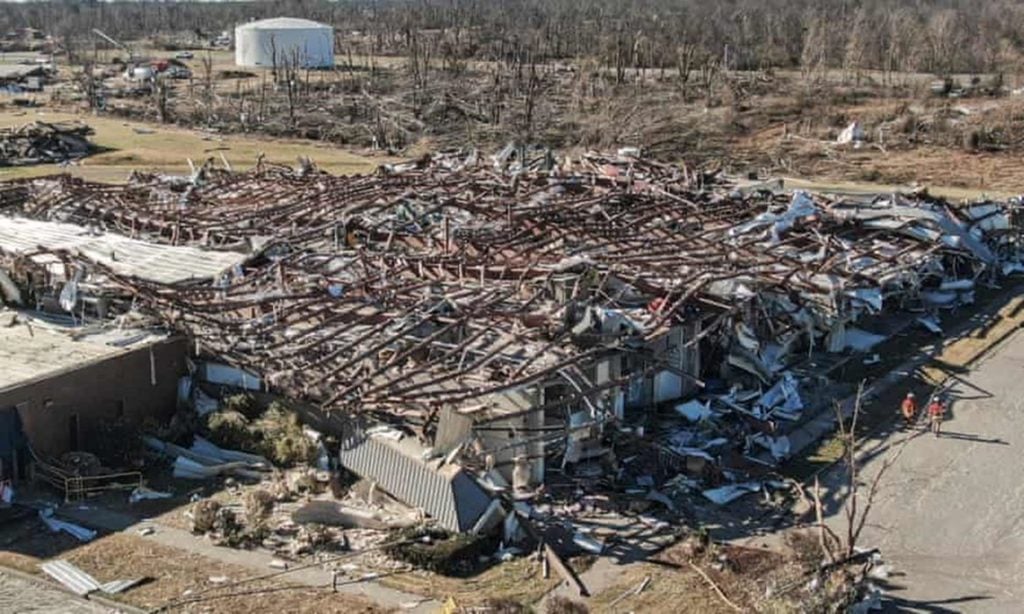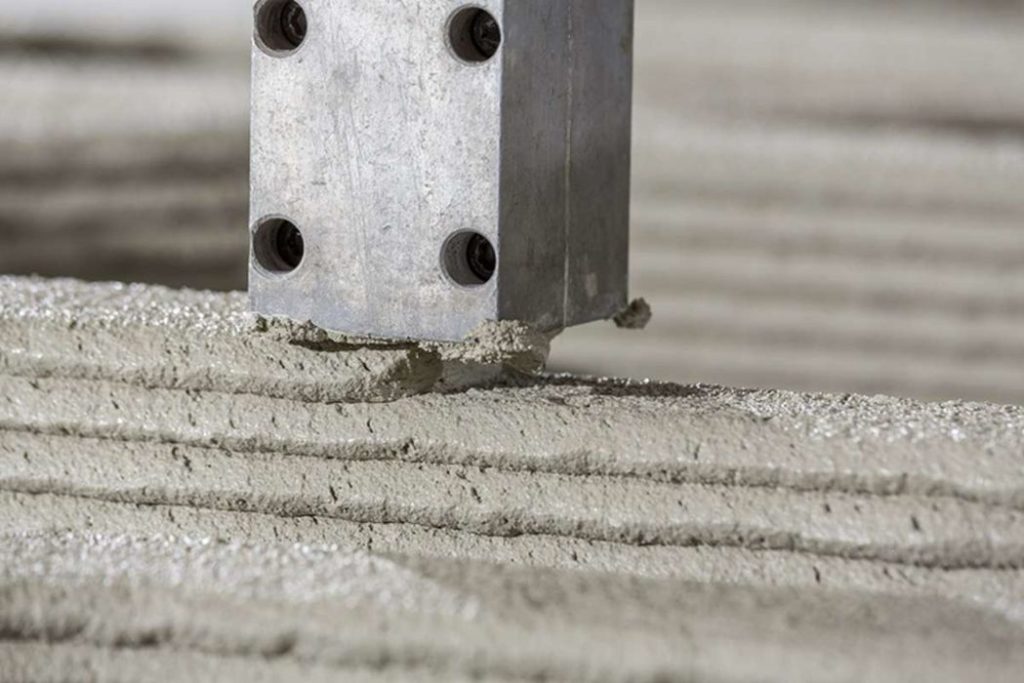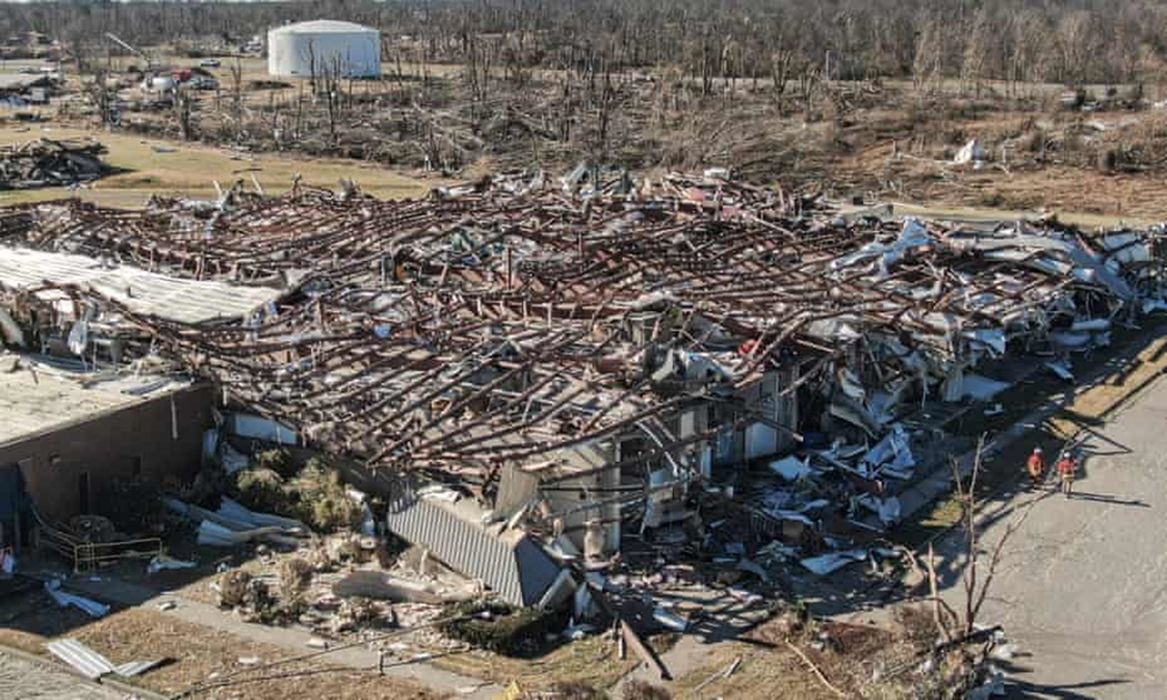
Charles R. Goulding and Joseph Castine look at how construction 3D printing might avert future disasters.
The recent deaths, injuries and property damage in Kentucky and nearby states has once again raised the issue of improved construction to provide tornado building resilience. The last time this issue was meaningfully addressed was in 2012 after the Joplin, Missouri tornado killed 162 people. After Joplin, protection advocates argued for improved building codes and mandatory concrete safe rooms. These proposals were not implemented and the International Code Council (ICC) that promulgates state and local code standards opposed the safe room requirement largely based on cost. In recent years 3D printed concrete building construction has made great progress.
One of the companies that has seen large developments with 3D printing structural concrete has been ICON with their Vulcan and Vulcan II printers. The company has been able to leverage these technologies to produce 3D printed structures in Tabasco, Mexico.
Utilizing a proprietary mix these printers are capable of adapting to any local materials for zero waste printing projects. In these homes environmental and seismic activities are accounted for by reinforcing the concrete with structural rebar to ensure the integrity of these homes.
SIKA, a Swiss multinational specialty chemicals company has also entered this space by developing their own MiniShot system for 3D printing with concrete.
Even Universities including The Pennsylvania State University have begun to work on projects and research involving 3D printing with concrete due to minimization of construction waste, improved speed, less labor, and more economical construction in areas with limited-resources or hazardous areas.

Perhaps one of the most promising emerging technologies in the 3D printing structural concrete industry lies with SQ4D a construction company out of Patchogue, New York. Utilizing their Gantry system, the team at SQ4D aims to build more affordable homes at quicker paces. In fact, their first proof of concept print was a 500 ft2 cube in front of their offices.
This technology is proving to be more cost efficient and quicker at 2-3x times faster than traditional construction. While also ensuring the structural integrity of the structure as the entire footprint is interconnected through continuous printing of each layer. This could prove very useful in tornado scenarios as having interconnected structure is likely more averse to tornado damage.
On Thursday December 23, 2021 the New York Times published a front-page hard-hitting piece entitled Builders Block Push to Bolster Tornado Safety. Tornado damage often arises from weaknesses in major building component intersections such as foundations to structure and frames to roofs. 3DP concrete can strengthen these intersections and even eliminate the issues through continuous structural printing. In addition, as the costs of these 3D printing concrete structures continues to decrease it may be feasible to utilize the technology to develop safe rooms inside traditional stick frame buildings.
Companies that are developing or improving 3D printing technology should consider taking the R&D Tax Credit.
The Research & Development Tax Credit
The now permanent Research and Development (R&D) Tax Credit is available for companies developing new or improved products, processes and/or software.
3D printing can help boost a company’s R&D Tax Credits. Wages for technical employees creating, testing and revising 3D printed prototypes can be included as a percentage of eligible time spent for the R&D Tax Credit. Similarly, when used as a method of improving a process, time spent integrating 3D printing hardware and software counts as an eligible activity. Lastly, when used for modeling and preproduction, the costs of filaments consumed during the development process may also be recovered.
Whether it is used for creating and testing prototypes or for final production, 3D printing is a great indicator that R&D Credit eligible activities are taking place. Companies implementing this technology at any point should consider taking advantage of R&D Tax Credits.
Conclusion
The global trend of natural disaster occurrence has been on the rise for the past 40 years. As the prevalence of these disasters continues to increase it would be wise to combat these issues with both legislative changes and physical shelters. Innovation in the structural concrete sector of 3D printing could prove vital to the future of storm shelters and safe rooms.

